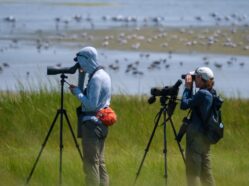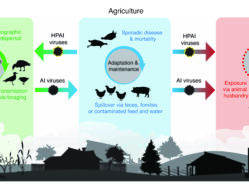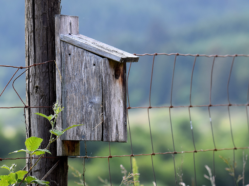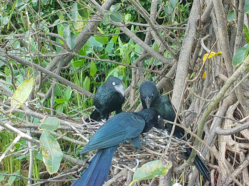North American shorebirds are declining faster than we ever imagined
By Stephen Brown, Vice President of Science, Manomet Linked Paper: Accelerating declines of North America’s shorebirds signal the need for urgent conservation action by Paul A. Smith, Adam C. Smith, Brad Andres, Charles M. Francis, Brian Harrington, Christian Friis, R.I. Guy Morrison, Julie Paquet, Bradford Winn, and Stephen Brown, Ornithological Applications. Nearly all shorebird species …








